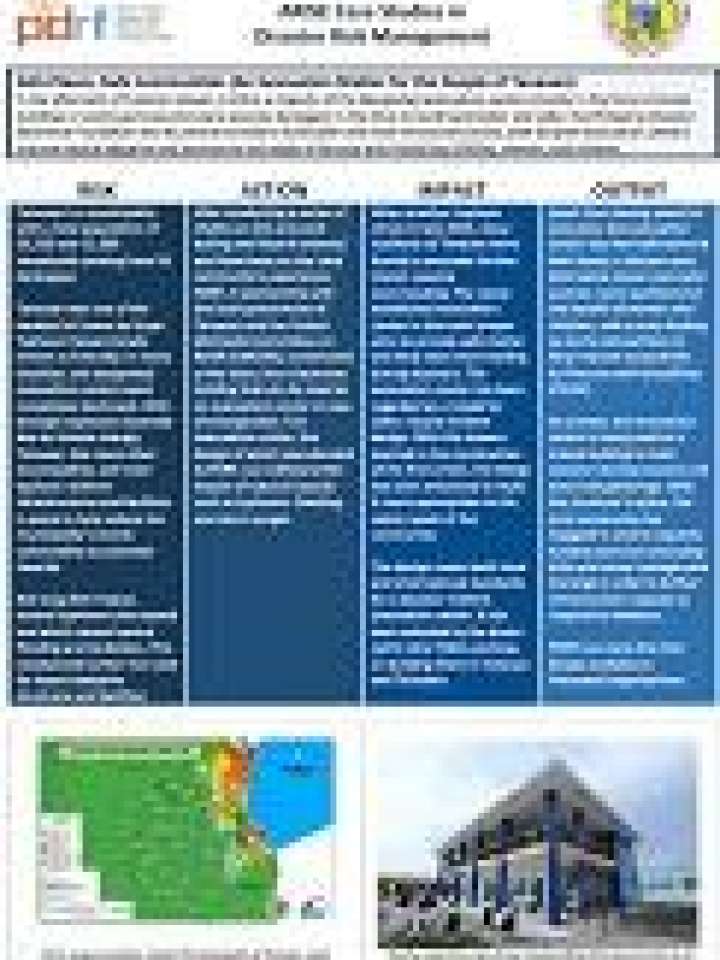Safe Places, Safe Communities: An Evacuation Shelter for the People of Tanauan, Philippines
In the aftermath of Typhoon Haiyan in 2013, a majority of the designated evacuation centers (mostly in the form of school buildings or public gymnasiums) were severely damaged. In the drive to build back better and safer, the Philippine Disaster Resilience Foundation and its partners aimed to build safer and more structurally sound, dual‐purpose evacuation centers that are hazard‐adaptive and sensitive to the needs of Persons with Disabilities (PWDs), women, and children.
This case study highlights the following lessons learned:
- It was important for the team to conduct tests such as soil analysis and hazard analysis to ensure that the building will be safe during disasters.
- Building a hazard‐adaptive and needs‐sensitive evacuation center is not enough. Programs that enhance community involvement (disaster risk reduction and management capacity‐building) were also crucial in helping the overall capacity of the municipality to respond to disasters.
This case study is one of a series produced by members of ARISE, the UNISDR Private Sector Alliance for Disaster Resilient Societies.

